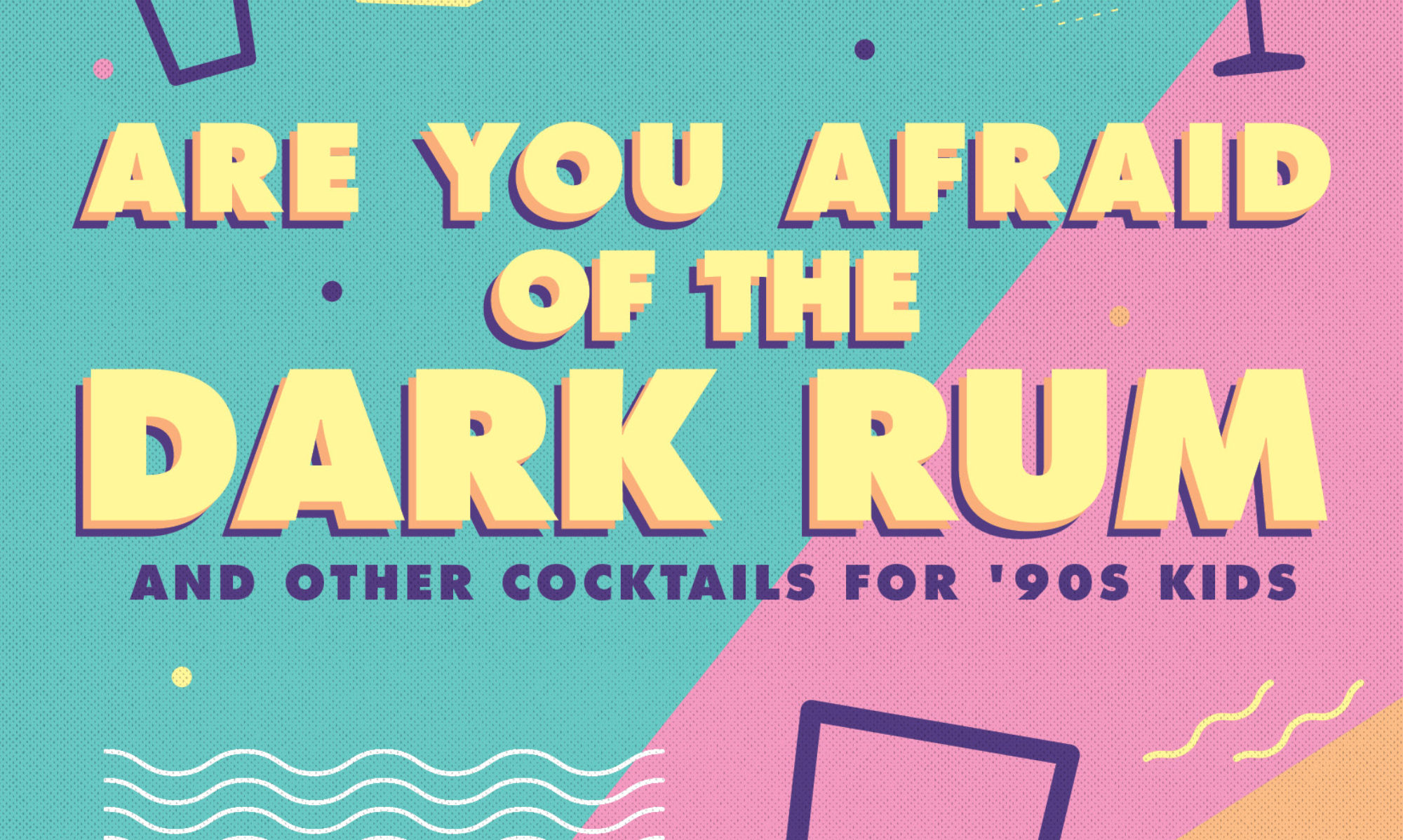
Okay, so while spritz season can technically be any time if you really want (and I do, oh, I do), when it comes down to it, summer is one of the best times for all things spritz. Ice cold, low in ABV, and endlessly drinkable, a well-made spritz is the perfect companion for right before a meal, sitting on the porch, hanging out poolside, you name it. I’ve consumed spritzes in all of those settings and they are indeed wonderful.
And while spritzes can be made with a wide variety of spirits (or wines), when I think spritz, my mind usually wanders into the Italian camp with Aperol spritzes, Campari spritzes, et cetera. Blame the power of marketing, I guess. Nothing wrong with them — I’ve always got a bottle of each in my house — but I do enjoy it when I find a spirit to work with that features a different flavor profile. When Le Moné was pitched to me as an aperitif for tequila lovers, I was intrigued. Not often, I thought, had I contemplated agave and spritzes in the same sphere.
Does that make me an undereducated simp when it comes to all things agave? Maybe. I’ll own up to that one. Anyway.
Le Moné (16% ABV) is made from a Traminette grape base (sourced from the Finger Lakes region of New York) that is then fortified with California brandy. The liquid is then infused with Meyer lemon essential oil distillate before the addition of Blue Weber agave (imported from Mexico) to finish the aperitif. Beyond the flagship expression, Le Moné also produces Orange & Lime, Raspberry & Lavender, and Blackberry Flavors.
Bright and vibrant are the first two words that come to mind when you try Le Moné. There’s no doubt that this is a lemon-flavored spirit. At all. From the first aroma to the finish, you get crisp, fresh lemon flavor that is a delightful wake-up call for your taste buds.
The Meyer lemon peel distillate helps to enhance similar citrus flavors derived from the Traminette grapes. These are then bulked up just enough by the brandy to give Le Moné all the backbone you need in an aperitif. The agave gives a sweet complexity that also happens to come in with fewer calories than other spirits that use sugar as a sweetening agent (better flavor, fewer calories — it’s a win-win).
While you could drink it on its own over ice, it truly shines in a spritz. The carbonation in extra cold sparkling water (or wine, whichever as long as it’s dry) is Le Moné’s best hype man, bringing taking its naturally bright flavor and doing the equivalent of a rap horn every time you take a sip.
I tried Le Moné in a few other drinks – tea (both hot and iced), a riff on a Vesper, and in one of the cocktails from my book, Are You Afraid of the Dark Rum? And Other Cocktails For ‘90s Kids (#shameless plug, go buy my book) where limoncello was called for — and it worked in each case quite well. I liked using it as a substitute for limoncello because it does everything that limoncello does, just…lighter. I don’t want to call Le Moné limoncello light, because that sounds like an insult, but in a way, it is limoncello light. All the flavor without getting a punch to the face.
(Other phrases that don’t work: Diet Limoncello, Lite-moncello)
At the end of the day, Le Moné shows itself as a versatile aperitif that you can have over and over again during the summer, something I will surely be doing.
Le Moné retails for $35 and currently ships to 18 states.
